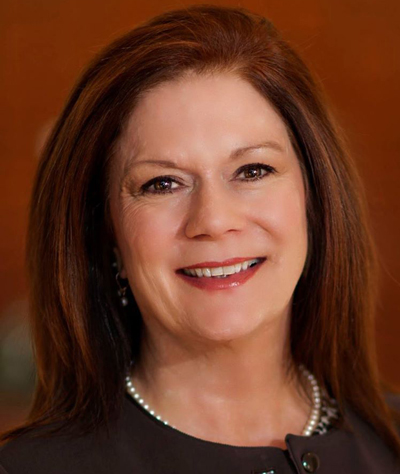 Roberta Firoved
Roberta Firoved
May 31, 2022
SAN FRANCISCO, CA – Last week, experts in maximum residue levels (MRLs) for crop protectants convened here for the 2022 MRL Harmonization Workshop, sponsored by the California Specialty Crop Council, to discuss the evolving global regulatory landscape.
The one-and-a-half-day conference featured 22 speakers with many opportunities for industry networking with commodity group representatives, chemical registrants, U.S. government officials, and foreign industry and government representatives.
USA Rice sponsored and participated in the conference along with industry counterpart, the California Rice Commission (CRC). Twenty-year CRC veteran, Roberta Firoved, serves as the organization’s industry affairs manager and provided a presentation on California rice pesticide needs and MRL engagement.
“Rice may not technically be a specialty crop, but when you look at California’s rice acreage and how it’s uniquely irrigated, it doesn’t necessarily fit with the majority of the row crops either,” said Firoved. “Because the U.S. does not commercially grow any GMO rice varieties, our pool of crop protectants is rather limited, and so every chemistry we use in California is important to protect in terms of residue levels both here domestically and in our export markets.”
She added that, “CRC and USA Rice work closely together to ensure we are being responsive and proactive, when possible, to ensure that we engage the chemical registrants, the U.S. government, and the growers when there may be changes on the horizon and we want to prevent costly rejections overseas.”
MRL issues continue to be a priority for USA Rice among other U.S. commodities as trading partners look to weaponize food safety regulations as non-tariff trade barriers rather than using the U.S. risk-based approach and basing levels on sound science.